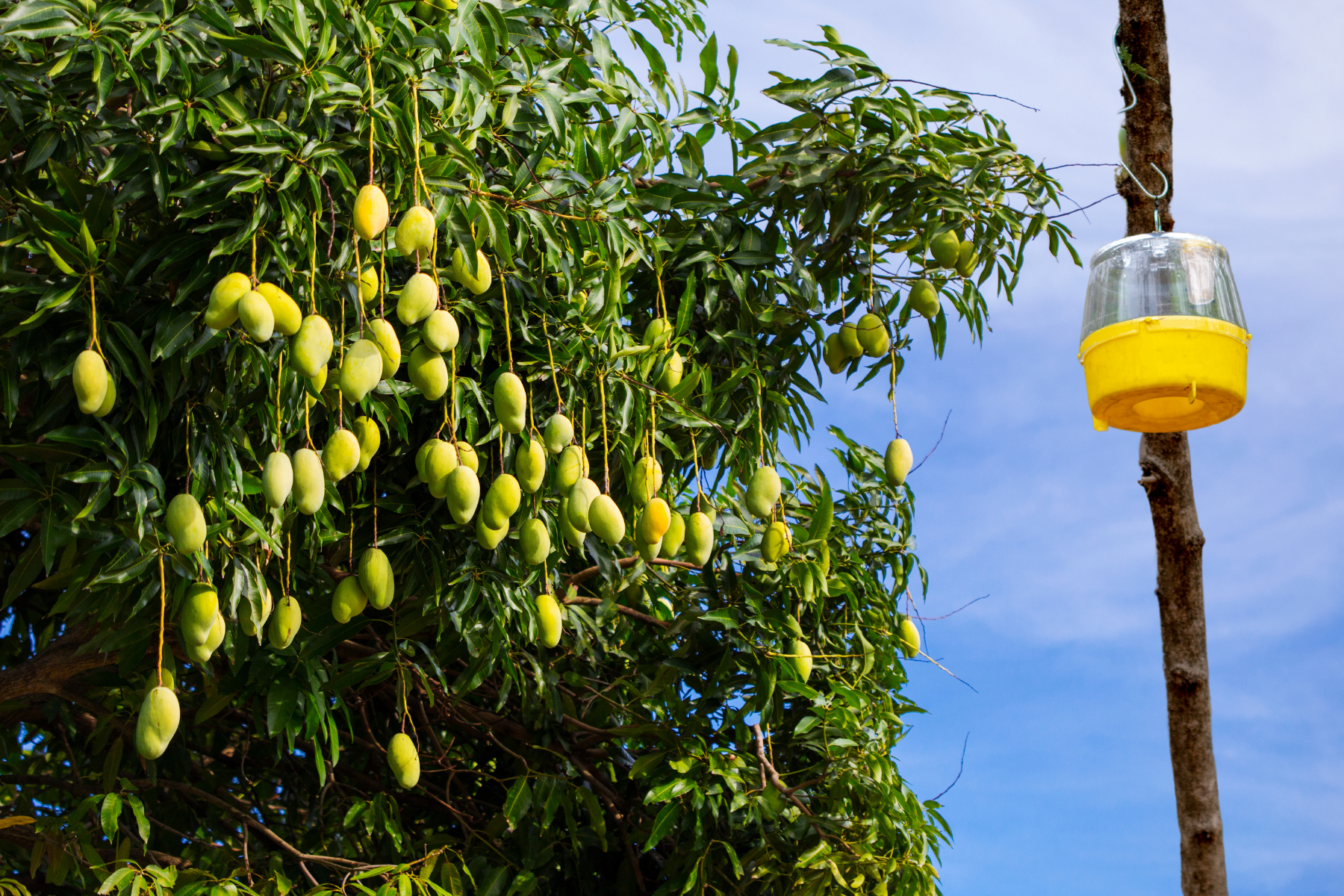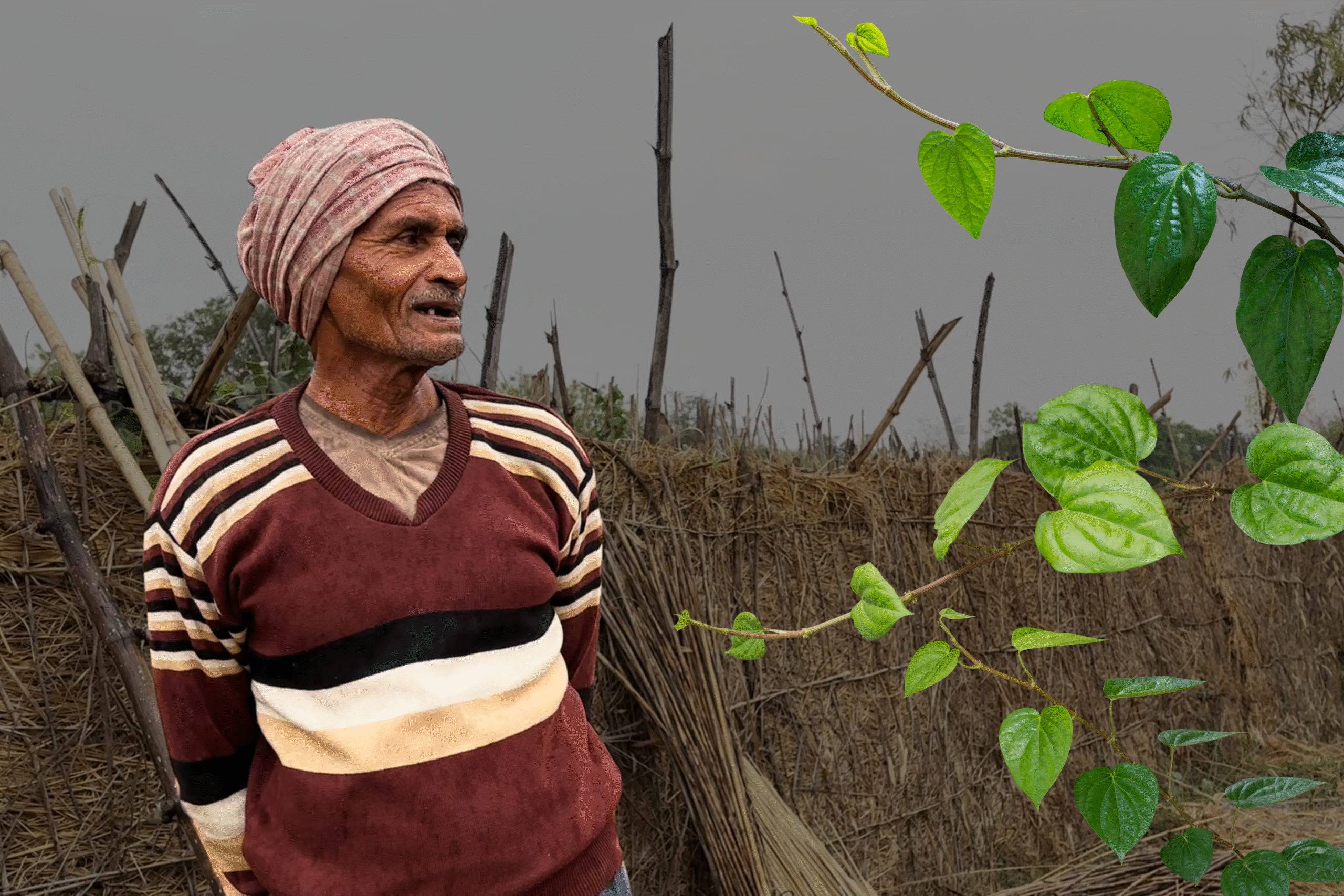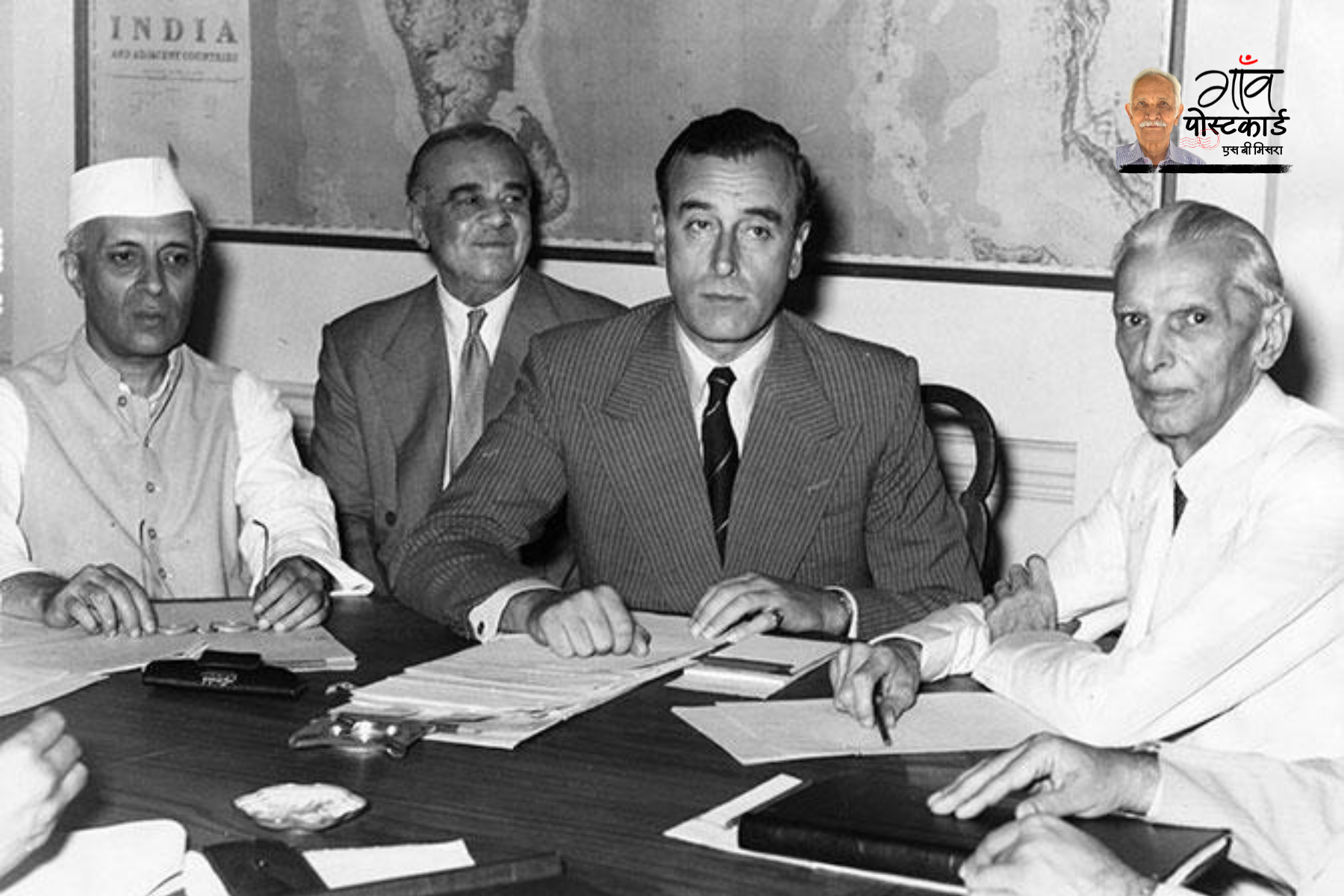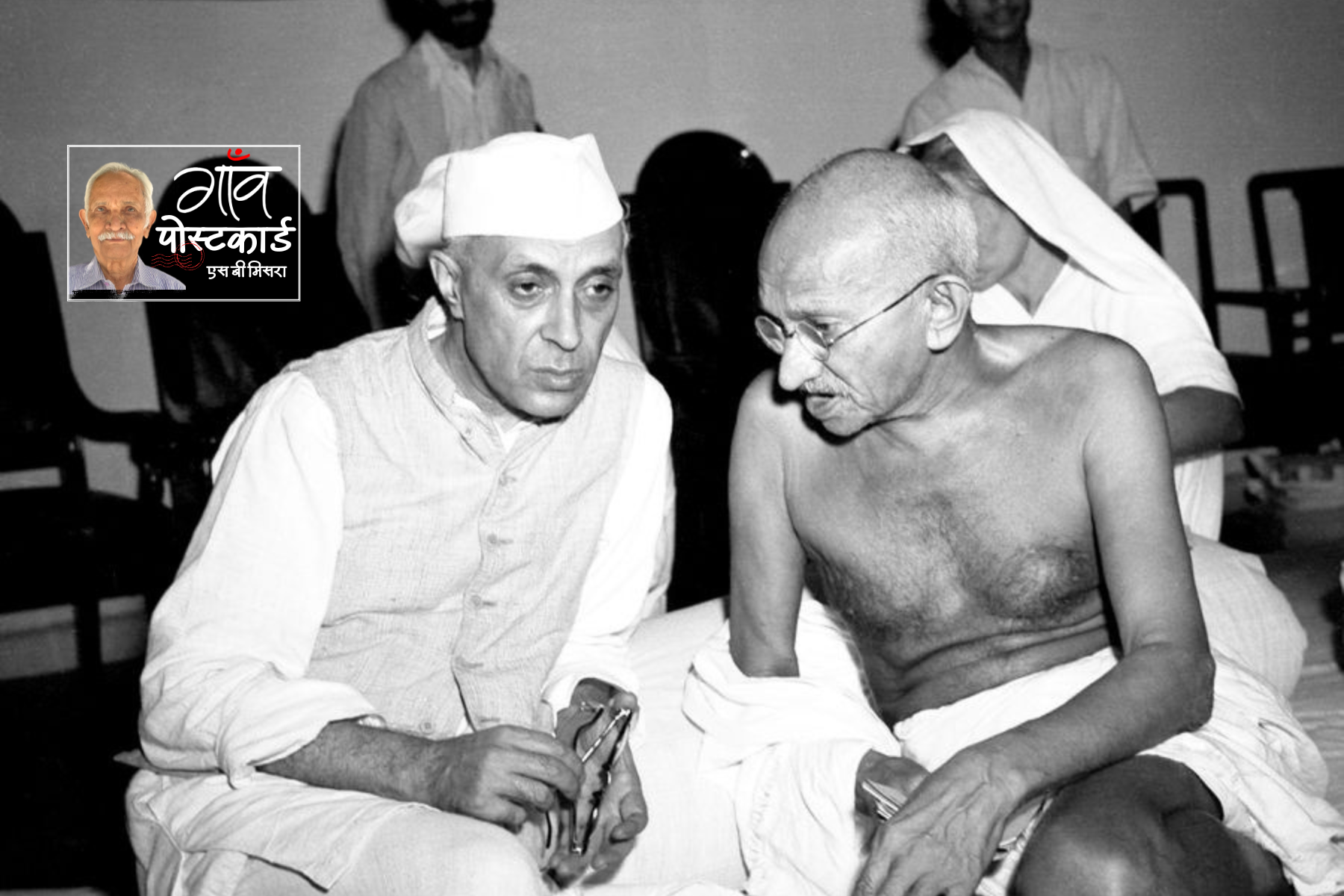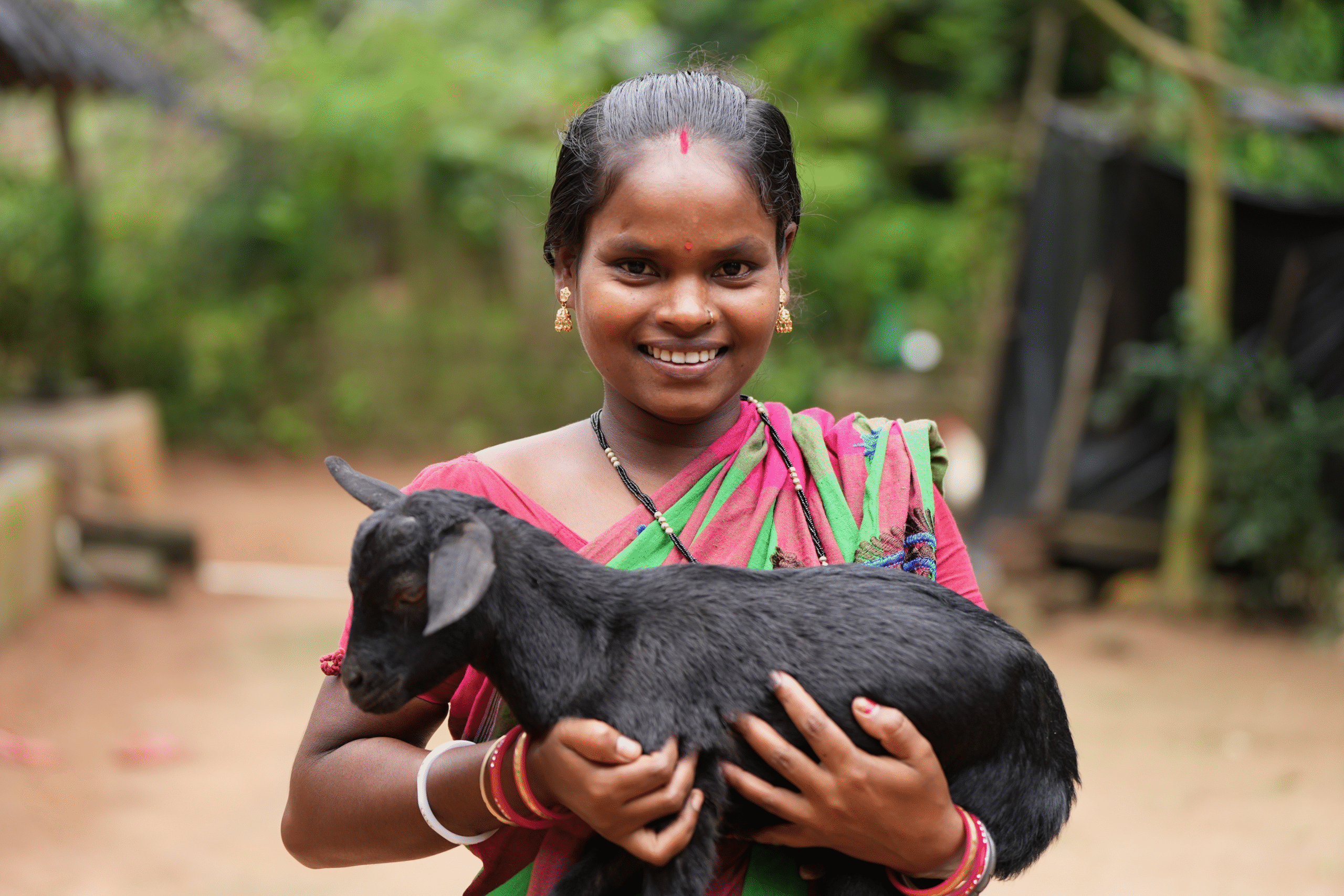Yesterday, on September 30, when the monsoon season in India concluded officially, the India Meteorological Department (IMD) informed that despite a six per cent increase in the rainfall across the country, a total of 195 districts witnessed deficient rainfall.
As per the IMD, India received 925 millimetres (mm) of rainfall during the monsoon season which commences on June 1 and concludes on September 30. The normal rainfall figure is 868.6 mm thereby an increase by 6.49 per cent more rainfall was recorded this year.
Among the states that registered the highest rainfall deficit include those situated on the northern plains and contribute almost a significant fraction to the total rice production in the country.
As per IMD, 33 out of 38 districts in Bihar reported deficient rainfall, 49 out of 75 in Uttar Pradesh, 16 out of 24 in Jharkhand and seven out of 22 districts in Punjab. The reduced rainfall in these states has had a direct impact on the production of rice in the country this year.
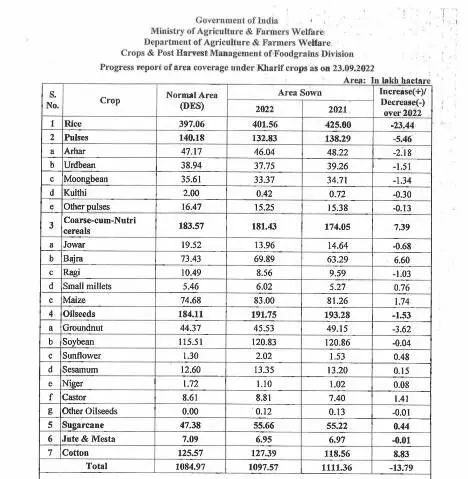
As per the progress report of area under kharif (summer) crop published by the Union Ministry of Agriculture and Farmers’ Welfare on September 23, there’s a decrease of minus 23.44 per cent in the sowing area for paddy as compared to last year. Also, pulses, which are a source of proteins for a vast population , have recorded a reduced sowing by minus 5.46 per cent this year.
In total, in terms of total acreage of all the kharif crops in the country, there’s a reduction by minus 13.79 per cent.
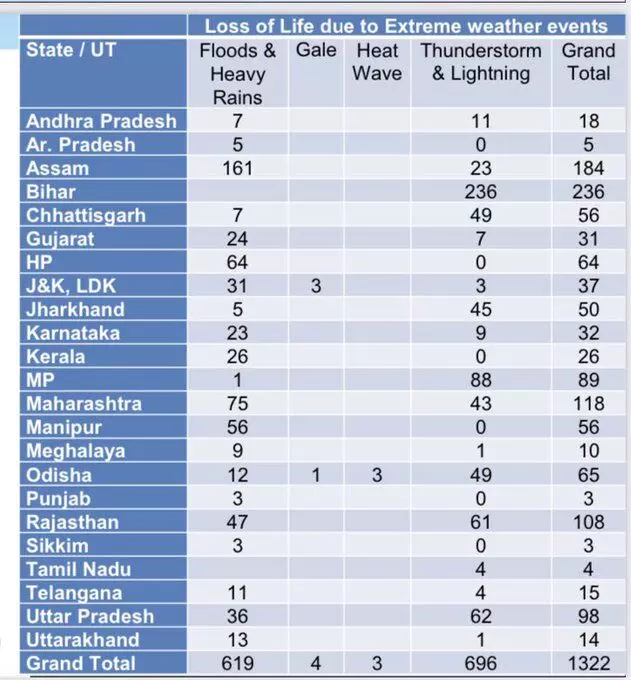
Extreme weather events death toll 1,322 this year
As per IMD, in terms of fatalities due to the extreme weather events which include floods, gale, heat wave, and thunderstorm and lightning, a total of 1,322 lives were lost. Bihar, with 236 such deaths topped the list of deaths caused by extreme weather events.


